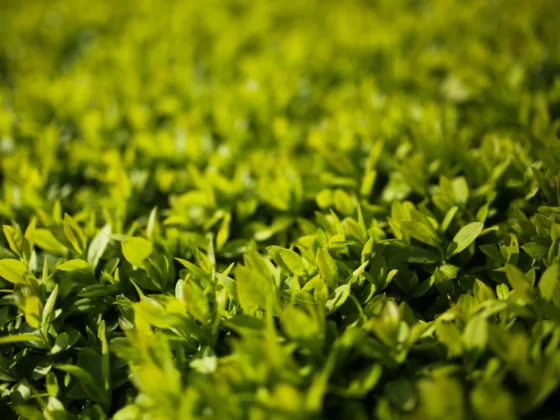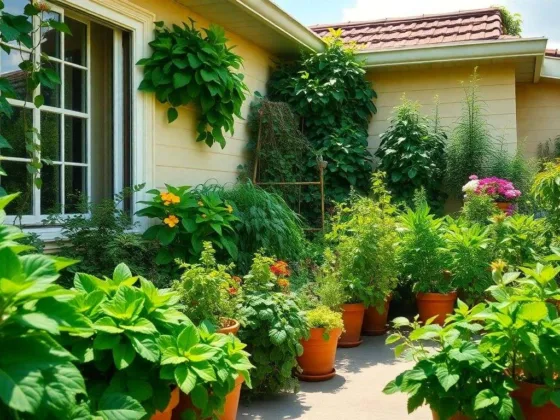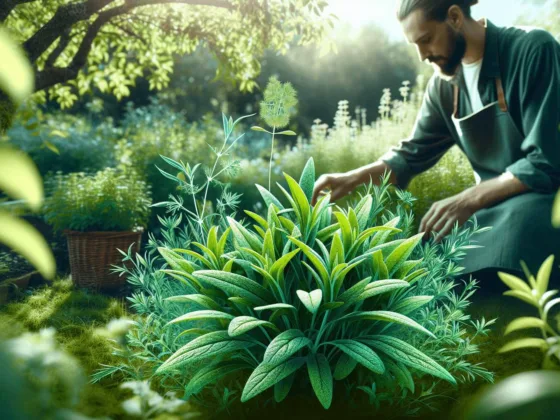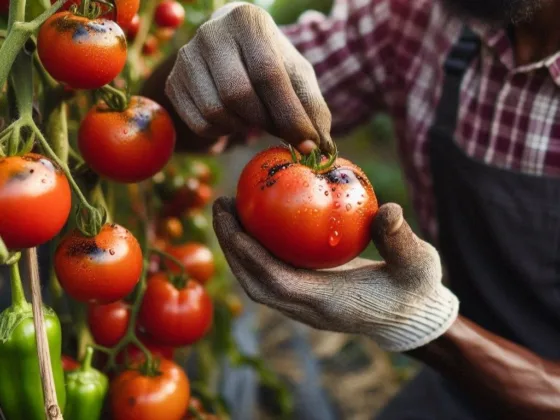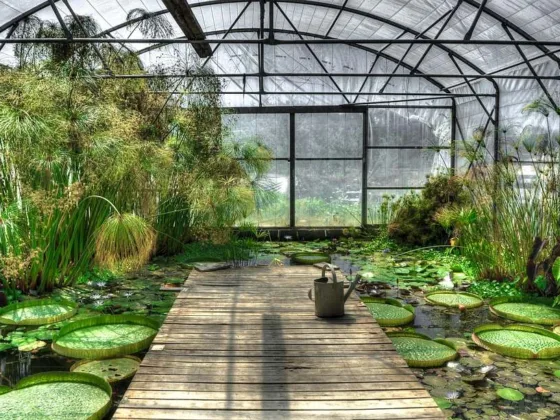Table of Contents Show
What is pruning? Simply put, pruning is the art of cutting back your plants and flowers to help them look their best. Additionally, pruning also ensures the health of these plants.
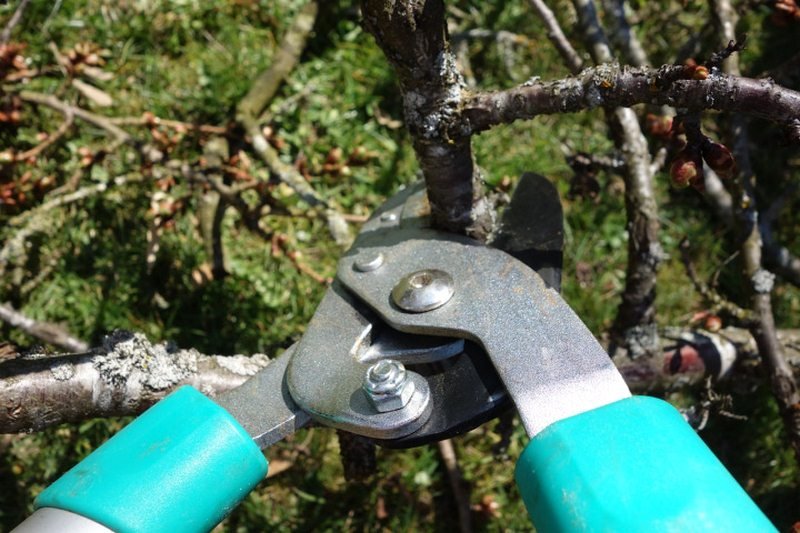
However, this doesn’t mean you can just make cuts wherever you want. Pruning certain plants at the right time is crucial. This guide will help you become an expert pruner.
How to Prune Plants Tutorial for the Eager Gardener
Read Also:
Know When to Prune
The best time of year to prune depends on that specific plant. For example, if you have woody plants, you should prune them during their dormant season. Flowering plants are best pruned as the flowers begin to disappear.
Gather the Right Tools
Make sure you have all the right tools on hand before you make the first cut. The size of the stalk will help you determine which tools are best for the job. It’s a good idea to purchase a hand pruner, pole pruner, shears, and a lopper. Sharpen all your tools before you get to work.
Know Where to Cut
It’s imperative that you cut each plant in the right place. Failure to do so may damage or harm the plant. Usually, the goal of pruning is to encourage growth, but miscalculating your cuts may lead to crop failure. In other instances, pruning may be used to slow down the growth rate. Where you cut makes all the difference.
If a plant has flowering buds, prune right above them. Take heed not to cut the bud itself. A straight cut is best if you want the bud to continue growing.
If the stalk has multiple buds in opposite directions, you can choose to make a straight cut, which will allow both buds to keep growing. However, if you only want one bud to grow, make an angled cut.
Cut Out Any Dead Wood
Look at the base of each plant. By the end of the season, there is often some dead wood. If you don’t remove it, the plant won’t be able to grow the following season. Carefully cut out this dead wood.
Take care not to cut the live, healthy stems. Loppers or even a pruning saw may be needed if the base is thick.
Coppice during Dormant Season
Any shrubs with colourful stems should be coppiced while they are dormant. This type of pruning involves cutting the stems down to ground level.
Don’t worry about cutting away any buds. Once the growing season begins, the stems will rejuvenate and grow back quickly. Pruning ensures you get to enjoy these colour stems in all their glory each year.
Cut Away Cluttered Stems
Sometimes, stems grow too close together. They may even cross over each other. This is not ideal. If you don’t properly prune plants when this happens, it may prevent the plants from growing in the right direction.
Cut away one of the stems to make enough room. This will also prevent damaged bark or disease.
Pinch to Encourage Branching
Young plants will continue growing in a single, long stem unless you encourage branching. Pinching is the best way to do this. Using your fingertips, pinch and remove the growth just above the leave. Within a few days, the buds should open, and you’ll notice new branches forming.
Continue pinching until your plant has reached the desired fullness. Take caution, however, because pinching in the wrong area may damage the plant. It’s also not recommended on mature plants.
Prune Herbaceous Plants
Any herbaceous plants will die after their growing season. If you want to regrow them the next season, you should cut them back completely.
Use pruners to cut the stems all the way down to grown level. Don’t remove leaves around the base of the plant. These leaves will help the plant conserve energy and produce more seeds.
Root Prune Potted Plants
Potted plants have limited space. Sometimes, however, the roots begin to grow too quickly. The plant may get too large for the pot.
To prevent this from happening, you’ll need to prune the roots. This involves cutting back the roots to discourage growing. It will slow down the growth cycle, so the plant won’t outgrow its container.
Every plant requires a different type of pruning. Never attempt to prune anything in your garden until you’ve determined when to prune and the best technique to use. Proper pruning will improve the lifespan of your plant, while also ensuring you have the best-looking garden in the neighbourhood.




